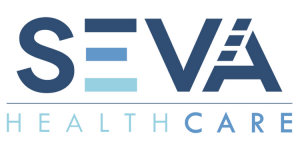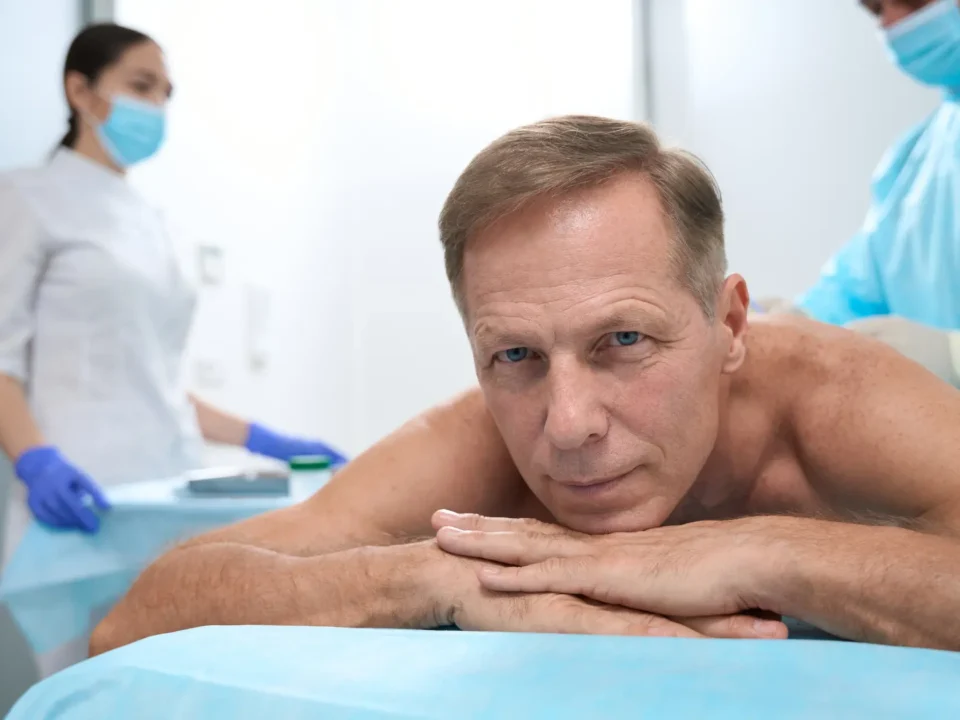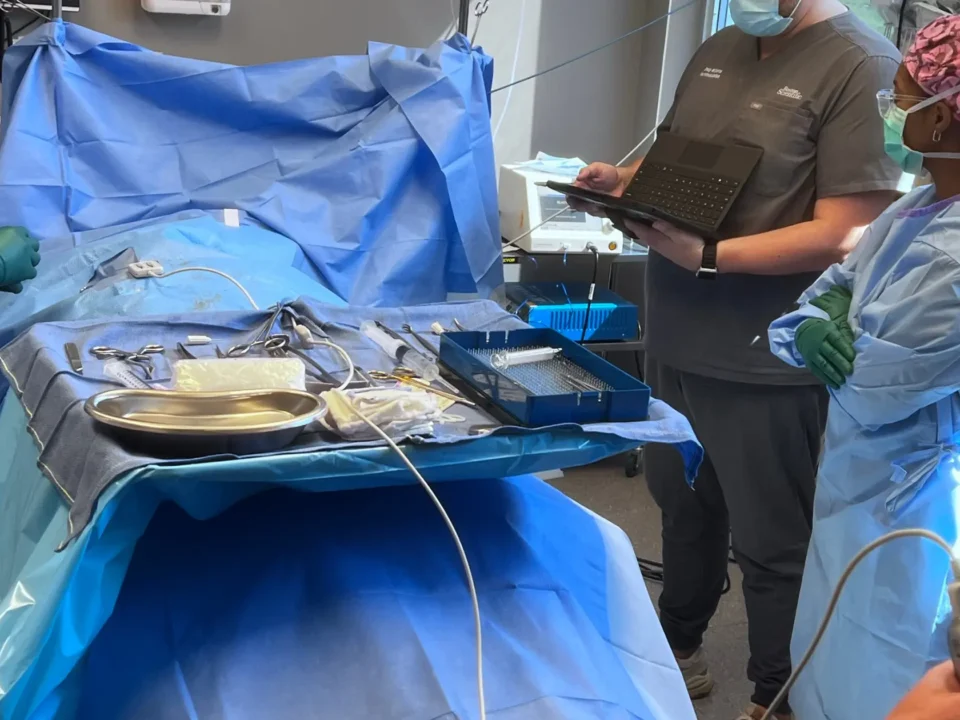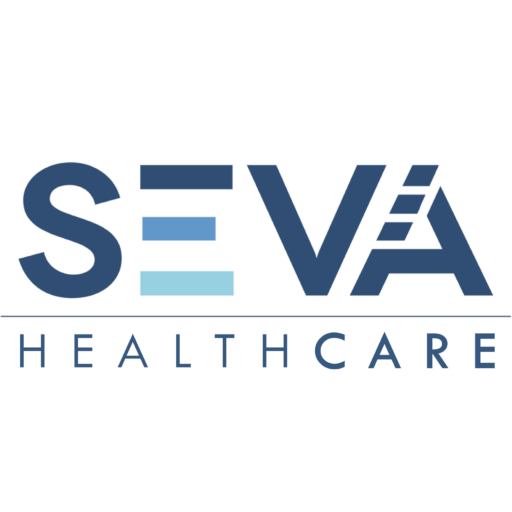Marshall Morris: This is episode one of the Oklahoma Pain and Wellness podcast. Hello, hello. This is the super tall Marshall Morris and today we are joined with Dr. Patel.
Dr. Patel: welcome to the first podcast.
Dr. Jayan Patel:Thank you so much. I’m happy to be here.
Marshall: Yes, so this is kind of the flagship episode for the podcast here, and it’s pretty exciting because we’re getting it kicked off. We’re going to be talking about a ton of different things, but I’m going to go ahead and let you introduce yourself and the company that you’re with.
Dr. Patel: Thank you. Well my name is Jayan Patel. I’m a Tulsa pain management physician. I’m an anesthesiologist by profession, that’s my training. I grew up in Kenya, in East Africa in a city called Nairobi.
A big cosmopolitan large city, industrial, great medical system. Came to the States as an undergrad, when I was about 18. Stayed in Boston for about 10 years for medical school as well, and that took me to New York for my further anesthesiology training.
After that, I moved to Tulsa where I set up the Oklahoma Pain and Wellness Center in and around the summer of 2010. This is our sixth year in operation. We have a few employees of ours who have been with us for that duration of the six years, and it’s been an incredible journey to see grow.
I started in a little house in Tulsa, close to mid-town. It was a two-bedroom house at one time which we renovated into a commercial property, and we made that into a Tulsa pain management practice.
Marshall: So, you started living actually, in midtown and that ultimately became the clinic? Did I understand that correctly?
Dr. Patel: No. We started in a house.
Marshall: You started it in a home, and then it eventually became a more commercial practice for everybody.
Dr. Patel: That’s right. We moved that facility about three years ago into another part of mid-town near Tulsa University at Delaware on 15th Street.
Marshall: Now, you very easily went through your entire history there but, there is sounds like [sic] a ton of history in terms of where you got your education and your background. Tell me, what was it like coming over to go to school for medicine here in the States?
Dr. Patel: It was incredible. I’d always planned to do that. Although we do have good options for medical school in and around Africa, there are options in Asia and Europe. I always wanted to study, and particularly study medicine in the United States, and no better place than Boston.
It’s a very collegial, academic center. It’s the foundation of medicine in America. Some of the earliest physicians in our communities were raised and brought up, and educated in Boston. Up until today we have some of the best medical institutions in Massachusetts.
Marshall: Do you want to make a shameless plug for your Alma Mater? Where did you go to school?
Dr. Patel: I went to school in Boston University, I absolutely loved it.
Marshall: All right. And then you finished up in New York, your anesthesiology training.
Dr. Patel: Yes. I went to NYU there. It was a phenomenal five years of being in Manhattan. Living in middle of Manhattan was incredible.
Marshall: So, you were right immersed in all of it there in downtown Manhattan?
Dr. Patel: Right, and we were part of Bellevue Hospital, and all the traumas and some of the most complex cases in the whole five boroughs would come to Bellevue Hospital.
Marshall: So, now you’ve gone through your school. You’ve earned your anesthesiology degree here, or your focus, your core practice, specialty and then you move to Tulsa. How did you end up in Tulsa?
Dr. Patel: At the time I was married to a young lady who was looking for a fellowship in Tulsa and we moved here at the time, thinking we’d move somewhere else eventually to start our practices.
But, we found that Tulsa was the perfect place to raise our children, raise a family in general, make great friends. It’s a phenomenal community. The environment for physicians is really incredible.
The medical community in Tulsa is very embracing to new physicians. We were very happy to become busy very quickly. My practice grew to capacity within two years, and I had grown so much so that I built another place. From approximately 1000 sq ft to 14,000 sq ft which we are allowed within a number of two years.
Marshall: Wow. So, just 1,000 and all the way up to 14,000. So, you must have been doing something right in the business, okay? You must be doing something that is causing you to be able to grow your patient base so much.
Dr. Patel: I think it’s the reward of giving good care, and not only just good care, but actually meaning it when you see every patient, every time, everyday. The majority of our referrals come from other patients, and primary care doctors.
Our referrals are not from one specific health system, one specific clinic. Our referral base is from hundreds and hundreds of primary care providers across the state, as well as patients who have been very happy with our service.
Marshall: Sure. Tell me a little about this. When you moved to Tulsa, you said that you knew that you wanted to open up your own practice. Is that something that you’ve always wanted to do, or did you see that rather than joining an existing practice? How was that decision made for you?
Dr. Patel: No. I really wanted to join an existing practice because starting a practice is very, very challenging from de novo. And, I really wanted to get involved with a growing practice. It’s what I did initially, but eventually that practice was moving in a direction that was different to mine.
My intention was more patient focused, while the other practice had a different focus, and I wanted to grow it a manner that included other procedures that I could not offer as part of a bigger practice.
And, now in my current practice we offer a bigger variety of procedures without having to worry about dollars and cents, and rather, being able to offer patients exactly what they need, when they need it.
Marshall: So, tell me what is the mission of the Oklahoma Pain and Wellness? What is the overarching, what is your passion, what is your vision for the practice here?
Dr. Patel: It’s pretty simple. In today’s technology, people should not be living in pain. There are painful syndromes, whether it be a headache, whether it be facial pain, whether it be back pain, or pain from a fracture, a long term spinal fracture.
These are things that can change your life. Even someone who is an active athlete, tomorrow can have a life changing event, a trauma, an accident, a disease, a cancer that ‘s metastatic in their body which can absolutely not only change your long term life, but could change your day to day living and every minute is excruciating.Tulsa pain management
Our mission is to make sure that those individuals have some comfort, have humanism around them, and that as physicians we can absolutely change their life and be a resource to them, to allow them to cope with this.
Marshall: Do you find that in your industry, that maybe society has gone towards maybe treating the symptom of pain rather than treating the actual patient themselves? Why pain? Why are you so passionate about this?
Dr. Patel: There are so many syndromes that individuals in our society don’t understand, that just cannot be treated. We don’t have a long term treatment plan for five level degenerative disc disease.Tulsa pain management
We don’t have results or good outcomes for patients with intractable migraines, who have had excruciating headaches for a decade. Trigeminal neuralgia. There are so many painful syndromes out there as a result of diabetes or something like that, that could give you so much chronic pain that no amount of medication or interventions could help. And that’s where we come in.
Marshall: So, you really help the patients manage this pain in a way that is a good solution, a solution that is not going to maybe inflict more harm or inflict more long term effects to them? Or how do you do business a little bit differently?
Dr. Patel: That’s right. I think it’s really important to first, do no harm. But, beyond that we want to make the people functional. We want to get them back to working, their lives, their families.
We want to make– If their life is somewhat sedentary, we want to make sure that that is a progressive thing in their life. We want to change their life for the positive. We don’t want to just treat the symptom, and say “Here’s a bunch of more pills, hopefully you’re better tomorrow, but if not, you can be a couch potato who can watch TV all day and take a bunch of pills.” We don’t want that.
We want to see real results. We want to see movement. We want to see exercise. We want to see people rehabilitated into communities, into society, into their lives. Taking part in their children’s lives, in their parent’s lives, in their friend’s lives. We want a positive change in each and every person.Tulsa pain management
Marshall: A positive change, how do you achieve that? Give me a kind of a brief overview of the different services that you provide out of Oklahoma Pain and Wellness.Tulsa pain management
Dr. Patel: The first thing is it’s a partnership. So, we can do so much, but the patient has to do their part too. And, in that is counseling services, and that’s what we start with. We really want to counsel the patient as to what their goals are and how to get there. That may be exercise programs. It may be a swimming and aqua therapy program. It may be a chiropractic program. Even massage and touch therapy. It’s incredible. We talk about pain medications. We talk about non-opiate medications, which are adjuvant therapies, to just direct analgesic medications which may include membrane stabilizers, anti-inflammatory, steroid injections, things like that.
We do, do the whole armamentarium of injections which may be joint injections. There are different injections in the back we can do which include spinal epidural injections, facet block injections, radio requency ablations.
We take that all the way up to electrical stimulation by spinal cord stimulation for people with intractable pain, which is not metered with other modalities. We may implant an infusion pump, and the infusion pump infuses the spinal cord with medications that dull down the pain with micro-dosing rather than large doses which are given orally or intravenously.
We also do fracture repair in the spine, if in fact someone has had a traumatic spinal fracture, or because of osteoporosis to have a compression fracture, we would put a stabilization material like a bone cement and stabilize that kind of fracture.
We give the patients a lot of options including with headaches, there are headache blocks we can do, including Botox injections and botulinum type A injections are an FDA and very effective therapy for headache treatments especially for migraine treatments.
Beyond that, there is also peripheral joint injections, nerve blocks, as well as peripheral radio frequency ablation as well.
Marshall: For whatever the symptoms or the pain may be, you have a variety of different therapies that you can employ to really target the specific symptoms, or pain symptoms that the patient is experiencing. It’s not like a one treatment fits all type of center that you’re operating.
Dr. Patel: That’s right. Each physician has their own style, but eventually every therapy is tailored to the patient. Often in our center, the patient will see multiple physicians so they don’t only get one opinion.
They get multiple opinions. With having nine providers on staff, you may build a relationship with a team rather than just one physician. It’s really up to the patient. If the patient wants to only see one provider, that’s absolutely fine.
If they would like to talk to other providers within the practice, that’s also encouraged. Because it gives a new fresh set of eyes, set of hands to examine and to see and offer therapy to the patient.
Marshall: That’s amazing. Well, Dr. Patel, I appreciate you introducing us to Oklahoma Pain and Wellness and I’m excited for future episodes with you.
Dr. Patel: Happy to be here. Thank you.







